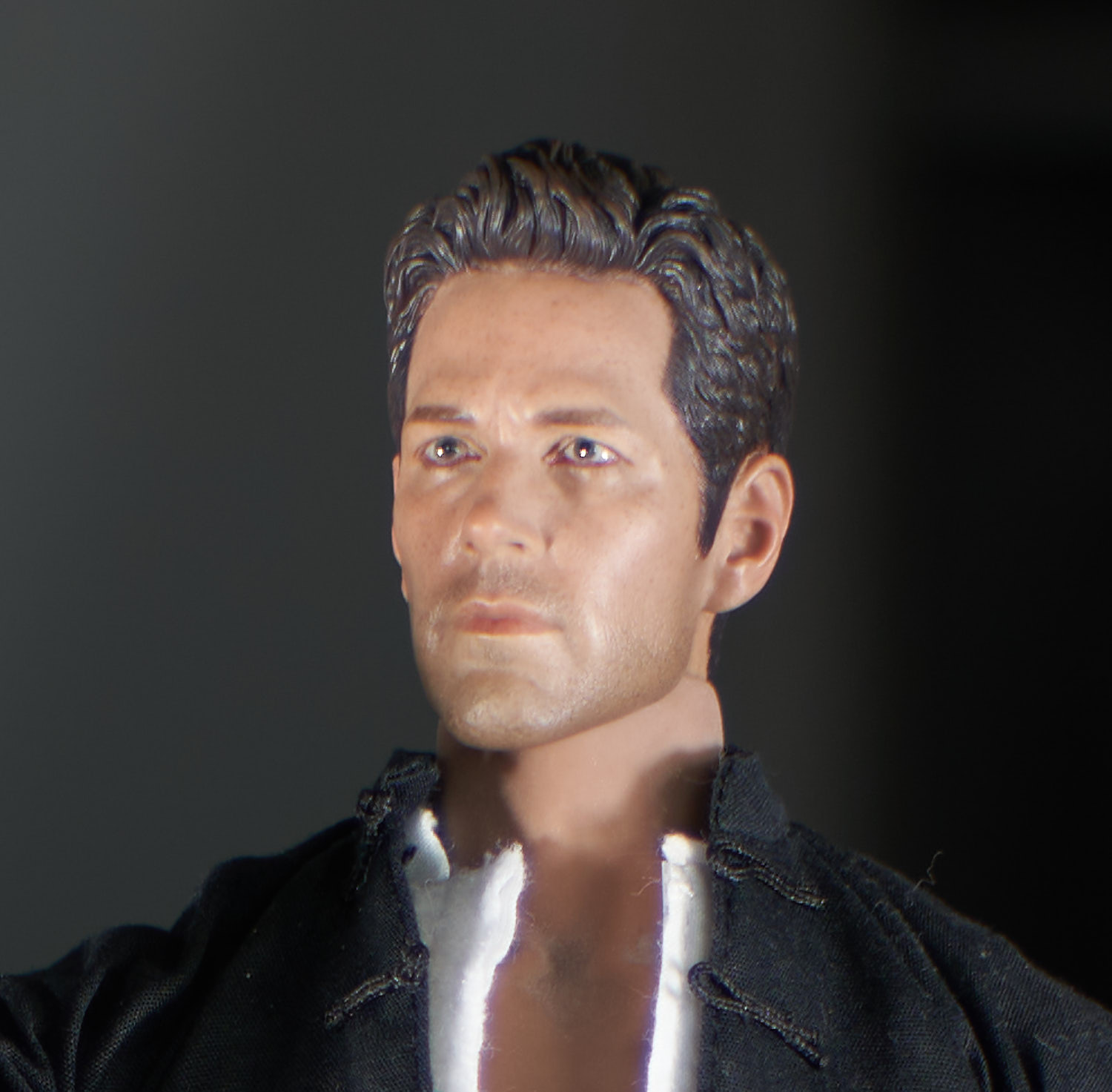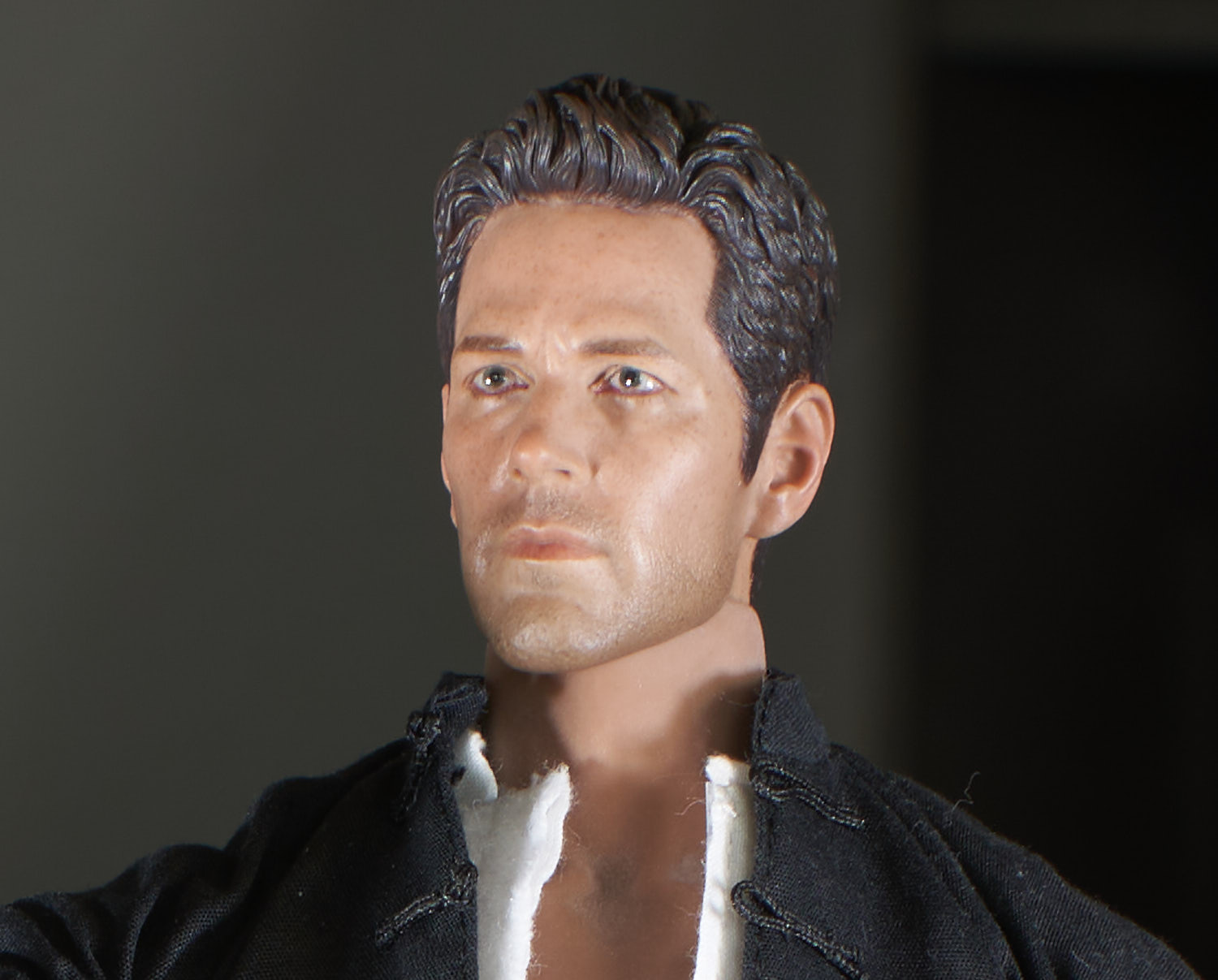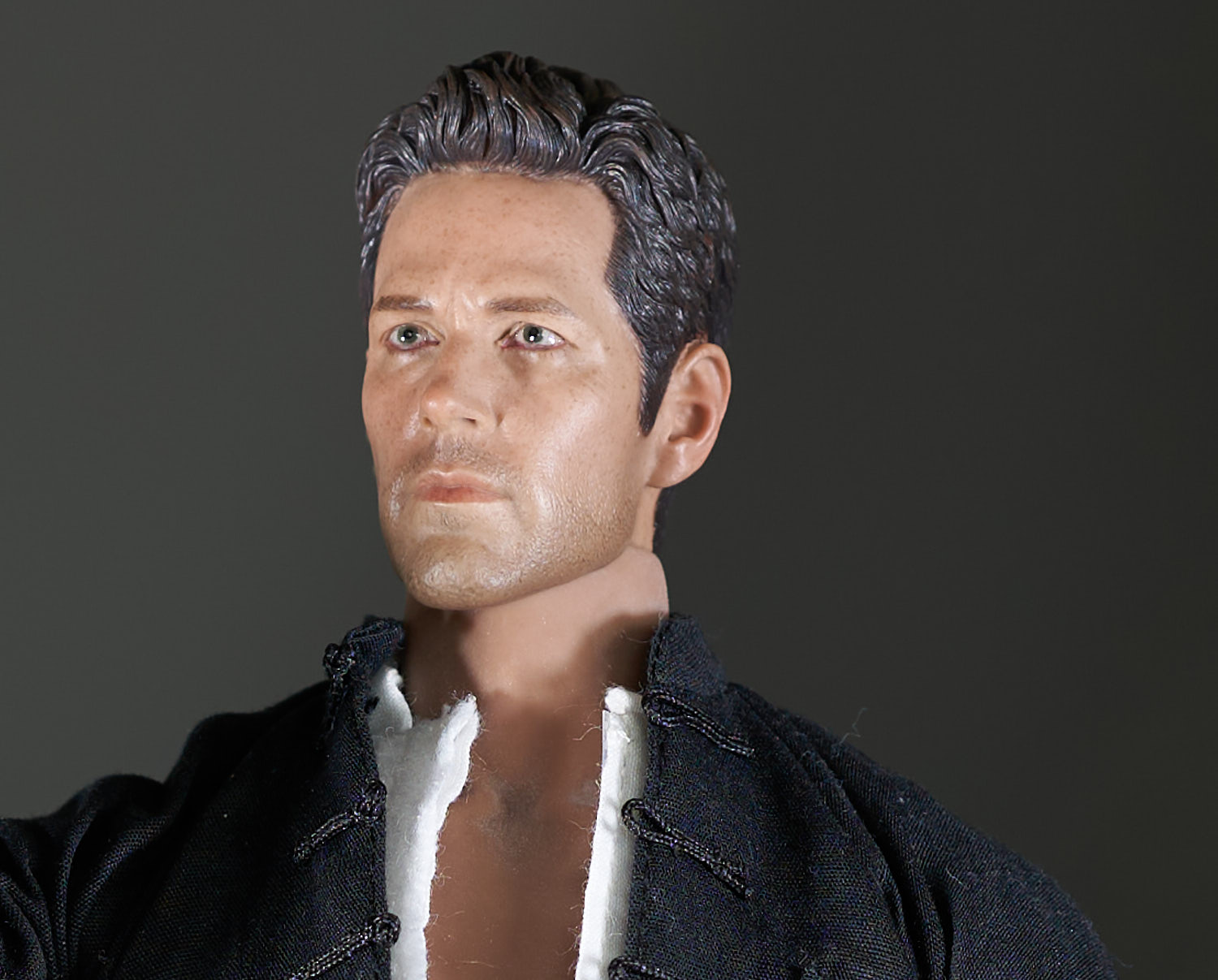 Originally posted by Robert9
Originally posted by Robert9 
I dont think so. Light meets as a sharp dot or a less sharp circle on the sensor layer. What happens there is another story, but till there, there is no difference in the behaviour of the lens, right?
If we don't have a sharp picture with f2.8, but have one with f8, this will probably be the same on that (not so much) smaller sensor.
Let me try and explain where I am coming from and why I came to the conclusion that a larger sensor is more important than pixel size, up to a point anyway. So please bear with me as I explain with the help of hypothetical examples and hypothetic cameras, which will simplify the concept.
Setup:
The selected object is a flat brick wall of which we are selecting a demarcated rectangular space of 3m x 4m (3,000mm x 4,000mm). We have two hypothetical cameras that we will compare against each other, both have sensors with identical pixel pitch, the same aspect ratio as our selected object, and are made by the same manufacturer with similar hardware and software so that the images are manipulated from raw pixel voltage readings to a RAW file in the same way. Camera 1 has a sensor size of 40mm x 30mm and Camera 2 has a sensor size of 400mm x 300mm. The distance from the camera to the wall should be the same which would imply that the focal length of the lenses would be different. For the sake of the discussion we have to assume that the hypothetical lenses have the same optical qualities and distortions.
The Comparison:
Creating a representation of the brick wall onto the camera sensors require a compression of the scene from 4,000mm x 3,000mm to the size of the individual sensors. We can compare the compressions either by measuring the diagonals or surface areas.
Based on surface areas: Camera 1 has to compress the image of the brick wall 10,000 times to fit onto the sensor. Camera 2 only 100 times.
Based on the diagonals: Camera 1 has to compress the diagonal dimension 100 times and Camera 2 only 10 times.
The difference between the MF 51mpx and a FF sensor is difficult to measure unless we apply the same aspect ratio, which would require cropping of at least one of the images. Based on a FF image cropped to 4:3 the image in this example is compressed +/- 60% more than the MF 51 mpx sensor.
Conclusion:
This led me to understand that there are three groups of
"components" that determine the quality of the picture. These being
(1) the image compression
(2) the in-camera processing between pixel voltage readings and the RAW file and
(3) the lens.
To me the image base line of quality is the compression of the image. By reducing the image compression we increase the potential of the quality of the picture.
(PS. Just in case you lost thread of the discussion: Image compression is not the same as file compression). Further refinement:
Multiple variations of this comes to mind, such as comparing the compression between MF with large pixels, and APSC with small pixels, while I think the outcome will be an interesting mental exercise yet less practical.
Other factors:
One could argue that compression is improved if a picture is captured on a large sensor with smaller pixels, and I think the evidence we see between the 50mpx and 100mpx sensors with the same physical dimensions supports this.
Practical use:
How does this affect my decisions and what do I want to do with my pictures?
I personally like to print fewer but large prints of the pictures I take and I enjoy being surrounded by large images that take on a realism and the image compression is reversed. So in my use case I should benefit more from a large sensor than a small sensor, regardless of the pixel pitch differences. Pixel pitch also has a practical limit as the pixel sizes near the wavelengths of light. In-camera AI processing can of course alleviate this and then there is also pixel binning, which when combined with AI I am sure can produce fantastic results.
I did consider buying a 100mpx camera as an upgrade for the 50mpx, although being the same sensor size convinced me I will be buying processing features and not improve the baseline of the picture quality. Perhaps I am wrong and I respect everyone's interpretation, so feel free to disagree.
Please share your views, agree or disagree. All appreciated.


 Similar Threads
Similar Threads 















 Post #20 by tuco
Post #20 by tuco








